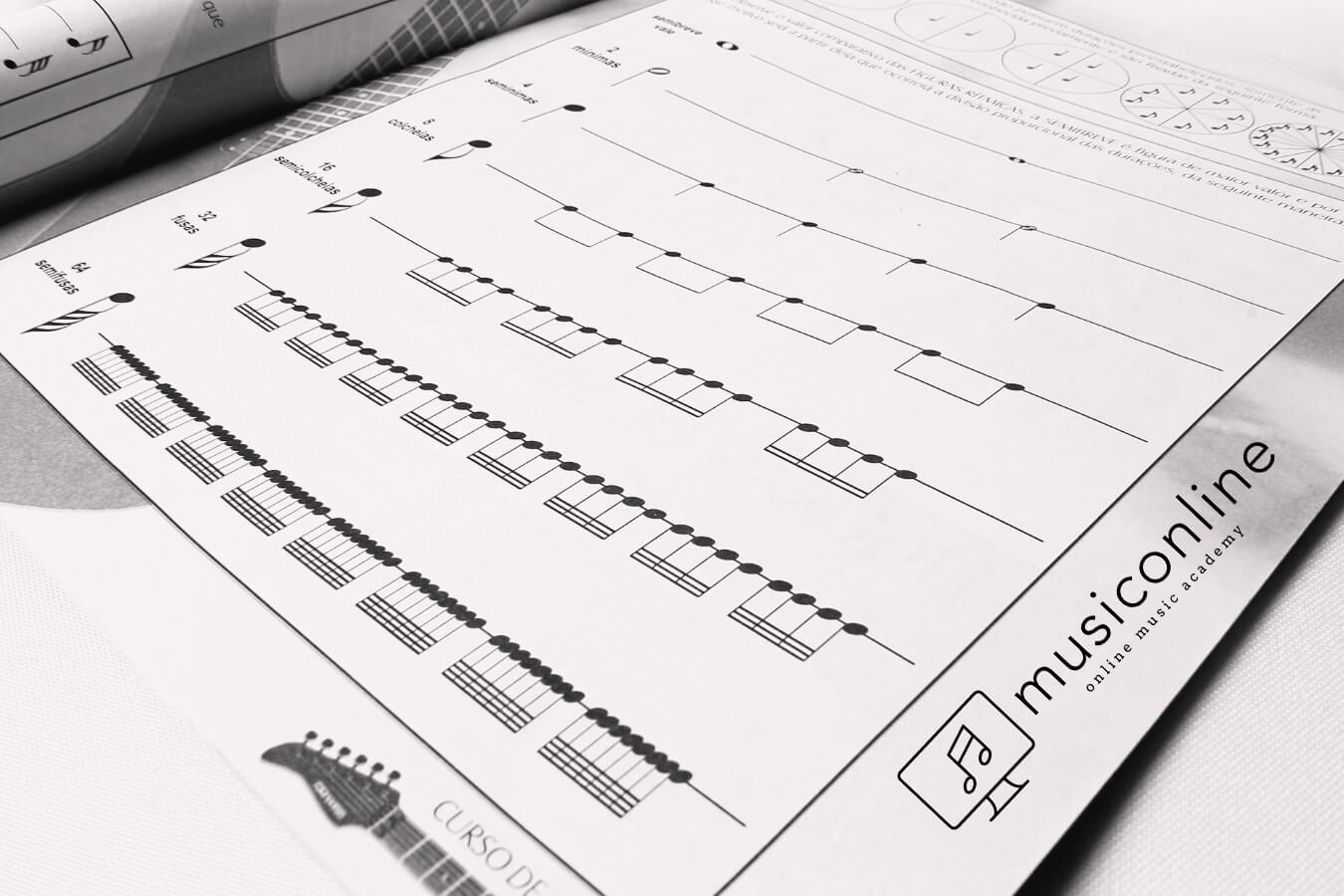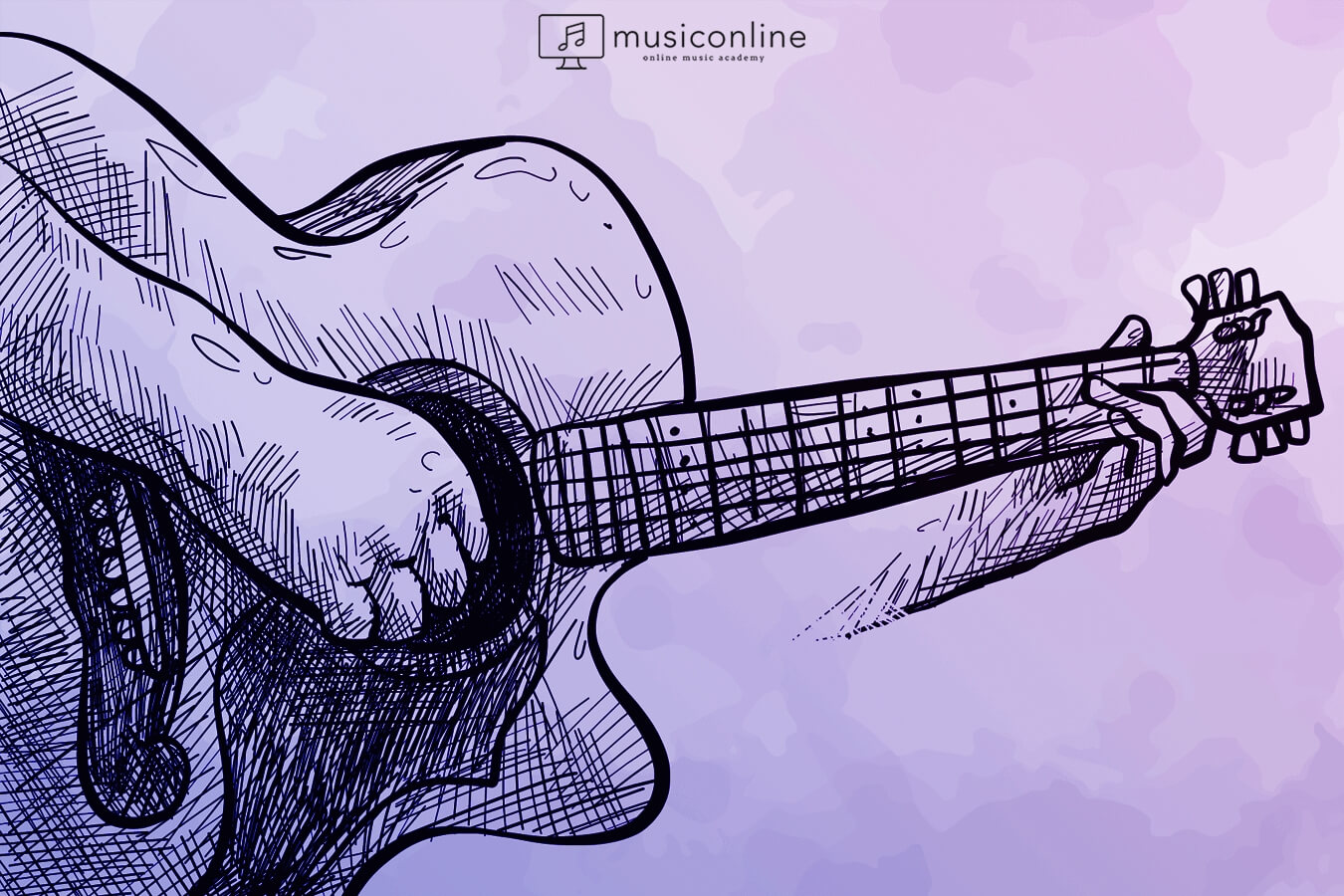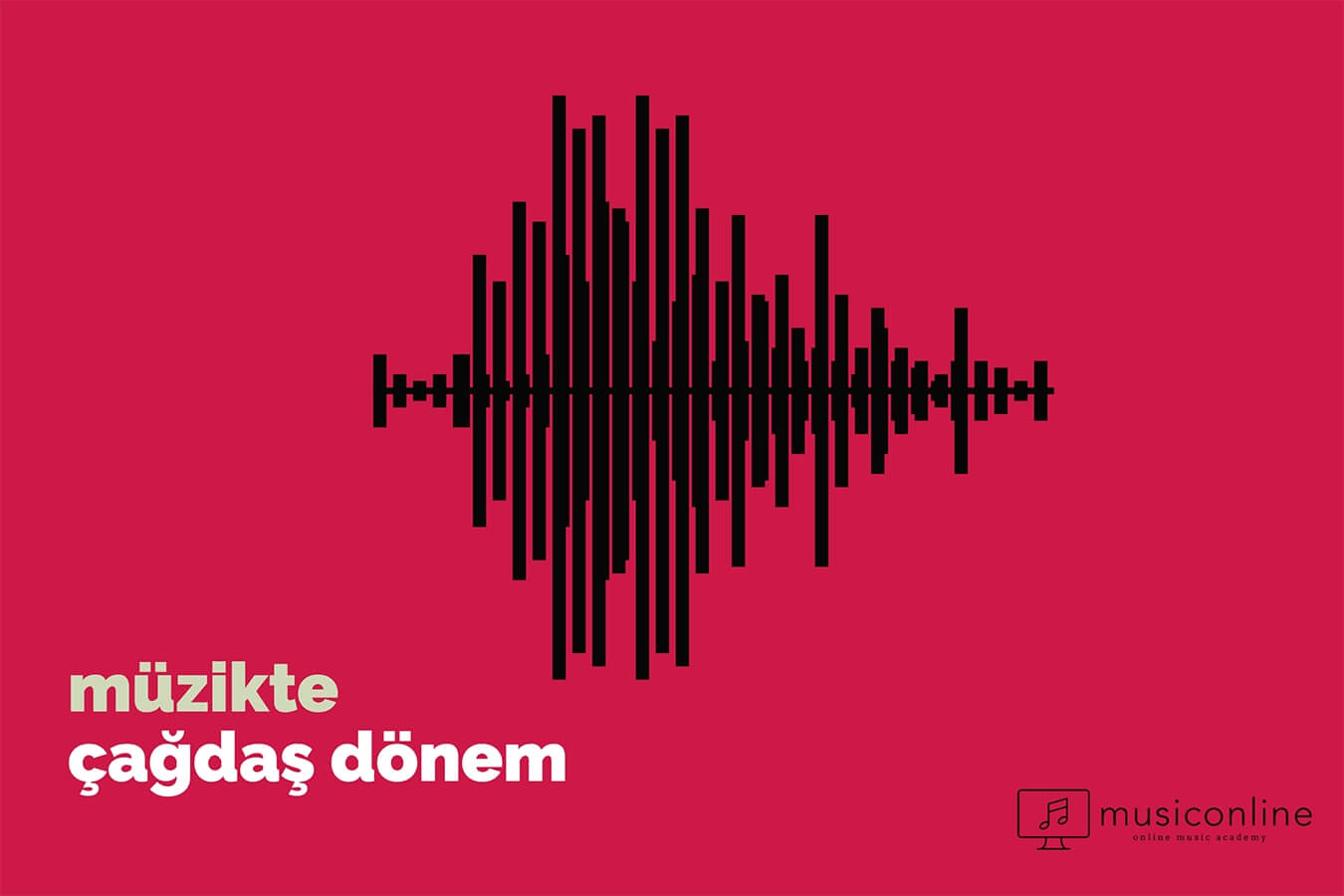musiconline blog
news about us & everything about music on our blog!
Quality in Digital Audio Files
As modern humans, we live in a digital world. Thanks to the technology we have, every new day is an opportunity for learning something new. One of the most important outcomes of this technological advancement is the way we store and record music.
There are two types of sounds: analogue and digital.
Analogue sound, is the type of sound you experience which the sound itself doesn't get compressed or becomes subject to any type of encoding/decoding process. It is transferred to electronic realm with a ratio of 1:1.
Digital sound on the other hand, is the type of sound you have when you manipulate an analogue sound to be used in digital platform with the help of an ADC (Analog-to-Digital Converter) to binary code.
Analogue sound waves are continuous signals. Meaning that they go on and on forever, to infinity. When transferring an analogue sound to a digital platform, it occupies a space in terms of bytes and no matter how big your storage is, you can't store infinity. So, the conventional way is to take samples from the analogue wave in the most optimum way.
If the rate you sample an analogue sound (also known as "Sampling Rate") is lower than needed, you may experience distorted sound or "clipping" effect. Likewise, if you have higher sampling rate than the optimum, you may have too much data on your hands. This means, storage problems. Another important concept in digital audio is "bit depth". Bit depth indicates the amount of data you can store in a single sample. Choosing the optimum bit depth is crucial to manage your storage according to your needs.
When it comes to storing digital audio, there are infinitely many audio formats out there. Some of them are globally known while others are custom made depending on the users' needs. As musiconline , we have picked 6 popular audio formats to take a closer look.
-
- Lossless Audio Formats:
WAV (Waveform Audio File Format) and AIFF (Audio Interchange File Format)
Both having no compression process, WAV and AIFF are the two formats you can use for high quality audio experience. The only difference between them is the way they are stored. AIFF is widely used in Apple products, since it's an Apple product, too. WAV is globally popular, especially among producers, whether they are working in a professional environment or a home studio.
FLAC (Free Lossless Audio Codec)
FLAC format is lossless, just like WAV and AIFF, but it is compressed. However, a typical FLAC file will occupy more storage than WAV and AIFF. It is also globally popular like WAV and AIFF but generally preferred by music enthusiasts, rather than producers.
ALAC (Apple Lossless Audio Codec)
ALAC is no different than FLAC, except its naming. iOS and iTunes are the two platforms one can encounter with ALAC the most since it's another Apple audio product, just like AIFF.
-
- Lossy Audio Formats:
MP3 (MPEG-1 Audio Layer III)
Ah, good old MP3. This is the most used digital audio format worldwide. Almost every audio platform supports the MP3 format. Due to its highly compressed nature, MP3 is easier to store compared to any other lossless audio formats.
AAC (Advanced Audio Coding)
It is fair to say that AAC is 'Budget MP3'. Its compression technology helps AAC files to take even less space than the MP3 files, so it is widely used for audio streaming applications like iTunes. It is tailored to transfer as much data as possible with little effort.
WMA (Windows Media Audio)
Slowly but surely losing its popularity, WMA is another lossy format mainly used by Windows operating systems. Most of the audio platforms out there does not support WMA. WMA is similar to MP3 in terms of the storage it needs.


